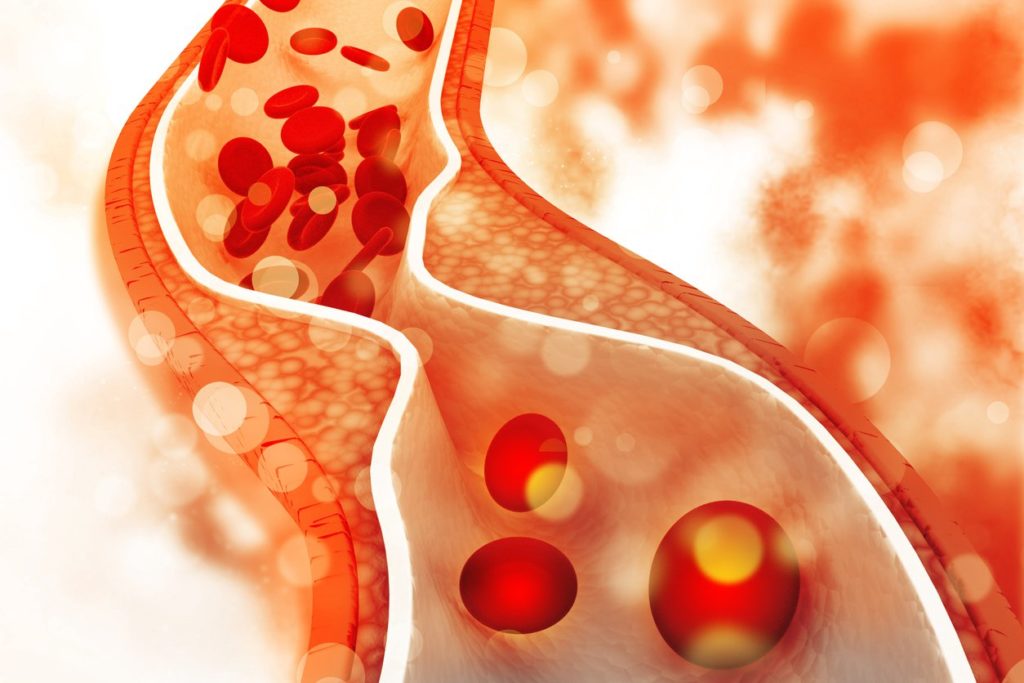
Understanding Triple Vessel Coronary Artery Disease (TVCAD)
Heart disease is one of the most common health problems worldwide. A major cause of heart disease is Coronary Artery Disease (CAD), which happens when the arteries that carry oxygen-rich blood to the heart become narrowed or blocked due to plaque buildup.
Triple Vessel Coronary Artery Disease (TVCAD) occurs when all three main coronary arteries – the left anterior descending (LAD), right coronary artery (RCA), and left circumflex artery (LCX) – are affected by blockage. This significantly reduces blood flow to the heart and increases the risk of heart attacks and heart failure.
TVCAD is more serious than single or double vessel disease because multiple arteries are involved. It can cause symptoms such as:
– Chest pain (angina)
– Shortness of breath
– And in severe cases, heart attacks
Understanding the causes, symptoms, and treatment options for TVCAD is crucial for managing the condition and protecting heart health.
Causes of Triple Vessel Coronary Artery Disease (TVCAD)
The primary cause of TVCAD is atherosclerosis – a condition where fatty deposits (plaque) build up inside the arteries, narrowing them and restricting blood flow to the heart. Several factors contribute to this condition:
- High cholesterol levels – lead to plaque formation in the arteries
- High blood pressure (hypertension) – damages and weakens artery walls
- Smoking – accelerates artery damage and increases plaque buildup
- Diabetes – raises the risk of blood vessel complications
- Obesity – puts extra strain on the heart and promotes plaque buildup
- Lack of physical activity – affects overall heart health
- Family history of heart disease – increases genetic susceptibility
- Unhealthy diet – especially diets high in saturated fats and sugar
- Chronic stress – disrupts hormonal balance and affects heart function
When these risk factors persist over time, they gradually lead to the narrowing of all three major coronary arteries, resulting in Triple Vessel Coronary Artery Disease.
Symptoms of Triple Vessel Coronary Artery Disease (TVCAD)
The symptoms of TVCAD are similar to other forms of coronary artery disease but tend to be more severe and long-lasting. Common signs include:
- Chest pain (angina): A pressure-like or squeezing pain in the chest, especially during physical activity
- Shortness of breath: Even with light activity or at rest
- Fatigue: Due to reduced oxygen reaching the body
- Dizziness or lightheadedness: Often felt during exertion
- – Pain in the shoulder, arm, neck, or jaw: Sometimes mistaken for muscle pain
- Irregular heartbeat (arrhythmia): May feel like fluttering or palpitations
- Swelling in legs or feet: A sign of heart failure in more advanced stages
Diagnosis of Triple Vessel Coronary Artery Disease (TVCAD)
Early diagnosis is essential for effective treatment of coronary artery disease. To confirm TVCAD, doctors use the following tests:
1. Electrocardiogram (ECG):
Records the heart’s electrical activity and helps detect abnormal rhythms or reduced blood flow to the heart.
2. Stress Test:
Also known as a treadmill test, it checks how the heart performs during physical exertion.
3. Echocardiogram:
A heart ultrasound that shows the size, shape, and movement of the heart, as well as how blood flows through it.
4. Coronary Angiography (Gold Standard Test):
A special dye is injected into the arteries and X-rays are taken to locate blockages. If all three major coronary arteries are significantly narrowed, the diagnosis is confirmed as Triple Vessel Coronary Artery Disease.
5. CT Coronary Angiography:
A non-invasive imaging test that helps assess the extent of blockage in the coronary arteries.
Treatment of Triple Vessel Coronary Artery Disease (TVCAD)
The treatment approach for TVCAD depends on how severe the artery blockages are and the patient’s overall health. It usually involves three main step : lifestyle changes, medications, and sometimes surgery.
1. Lifestyle Changes
Adopting a heart-healthy lifestyle can help manage the disease and prevent it from getting worse. Patients are advised to:
- Eat a balanced diet – rich in fruits, vegetables, whole grains, and lean proteins while avoiding processed foods, Tran’s fats, and too much salt
- Exercise regularly – like brisk walking or swimming for at least 30 minutes a day
- Quit smoking – as it increases the risk of heart attack and worsens artery damage
- Manage stress – through relaxation techniques like meditation, yoga, or deep breathing
- Maintain a healthy weight – to reduce the strain on the heart
2. Medications
Medications help manage symptoms, prevent blood clots, and support heart function. Commonly prescribed drugs include:
- Anticoagulants: Prevent blood clots from forming in narrowed arteries
- Statins: Lower cholesterol and slow plaque buildup
- Beta-blockers: Reduce heart rate and lower blood pressure
- ACE inhibitors: Help widen blood vessels and improve blood flow
- Nitrates: Ease chest pain by relaxing and opening blood vessels
- Diuretics: Help the body remove extra fluid, reducing strain on the heart
3. Surgical Treatment
If the blockages are severe and medication is not enough, surgery may be needed to restore proper blood flow to the heart. Surgical options can provide long-term relief and reduce the risk of heart attacks.
Coronary Angioplasty & Stenting
In this procedure, a thin tube (catheter) is passed into the blocked artery. A tiny balloon is then inflated to open the narrowed area. After that, a small metal mesh tube called a stent is placed to keep the artery open.
This method is effective for moderate blockages, but not suitable for severe or multiple artery blockages like in advanced TVCAD.
Coronary Artery Bypass Grafting (CABG)
For severe triple vessel disease, CABG is considered the best treatment. It involves using a healthy blood vessel (usually from the chest or leg) to create a new path around the blocked arteries. This allows blood to flow freely to the heart again.
CABG offers long-term benefits and reduces the risk of heart attacks, but it is a major surgery and requires a longer recovery time.
Life After Treatment: Prevention & Recovery
After treatment, it’s important to focus on long-term heart health. Here’s how:
- Regular check-ups with your heart specialist
- Take all prescribed medications to manage symptoms and prevent complications
- join a cardiac rehab program to improve your strength and heart function
- Stick to a heart-healthy lifestyle – eat well, exercise regularly, avoid processed foods
- Avoid smoking and limit alcohol – both can harm your blood vessels and worsen heart conditions
Conclusion
Triple Vessel Coronary Artery Disease is a serious heart condition that requires early diagnosis and proper treatment to prevent life-threatening complications. With the right combination of lifestyle changes, medications, and, if needed, surgery, this condition can be effectively managed.
It’s essential to consult a heart specialist to choose the best treatment plan and take steps toward a healthier, longer life.


